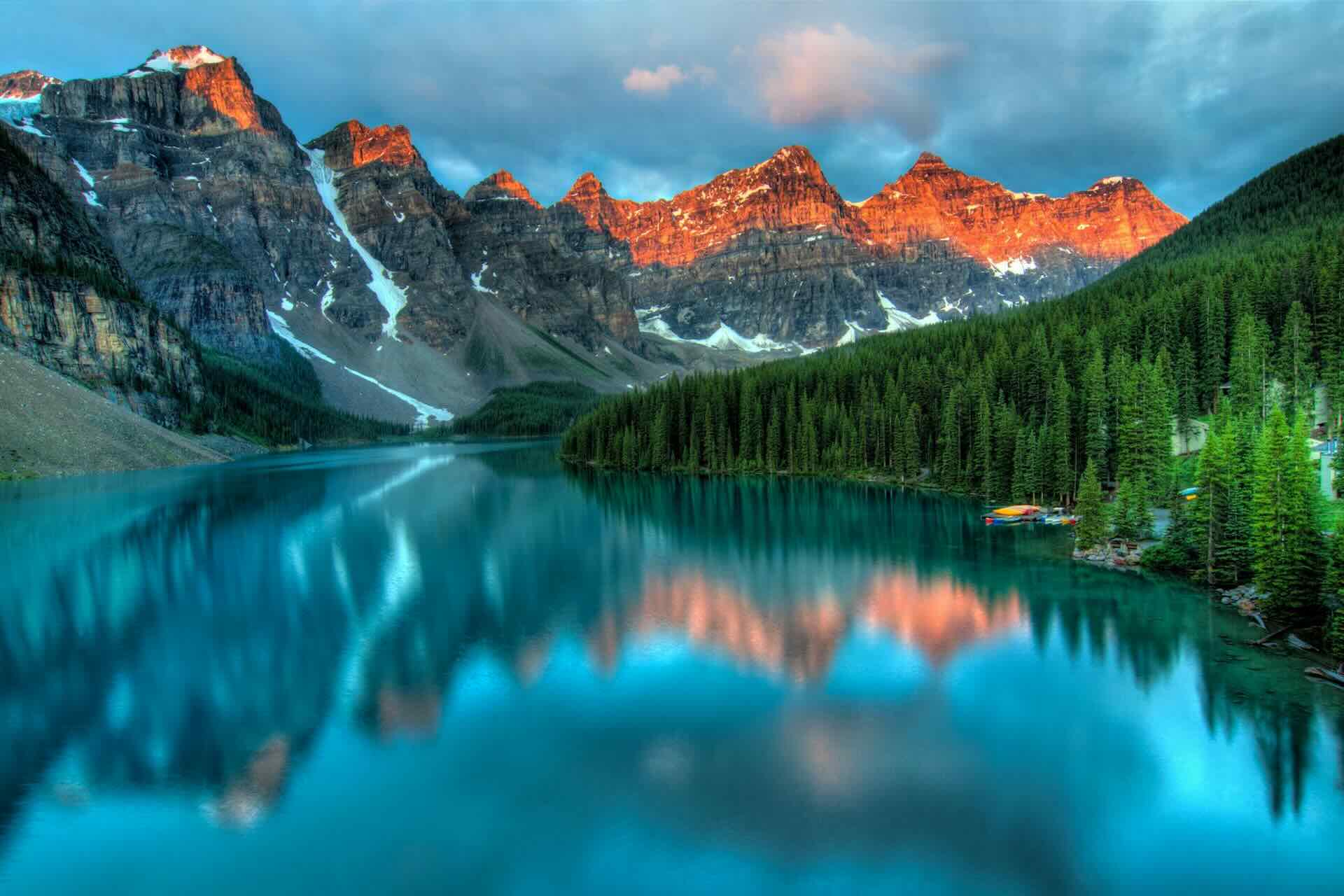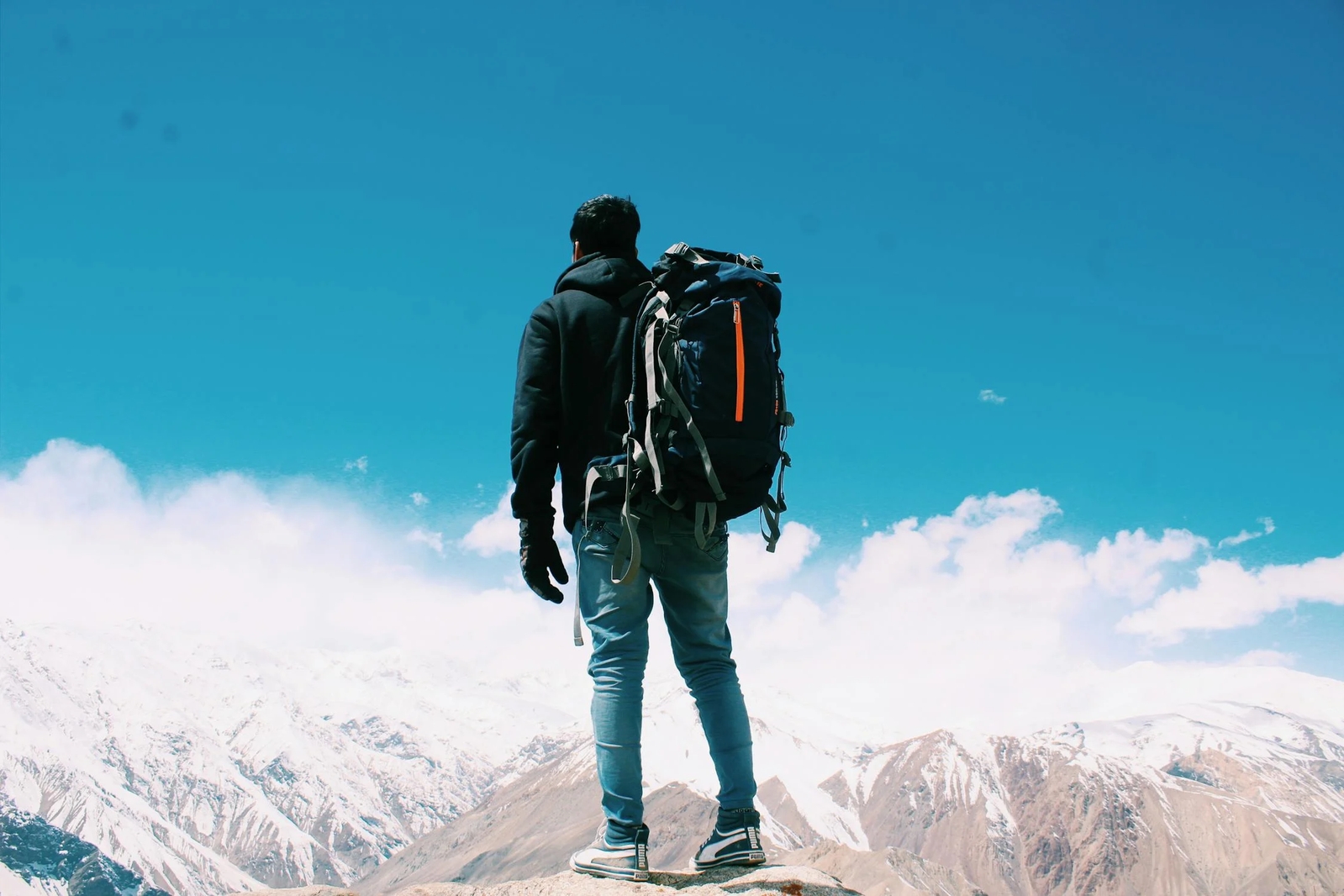Solo travel is no longer just a bold choice—it’s a growing movement. Whether you’re looking for self-discovery, adventure, or just the freedom to follow your own schedule, traveling solo offers unmatched flexibility and personal growth. But where should you go?
We’ve curated a list of the best cities and countries to explore alone, chosen for their safety, ease of navigation, and ability to deliver meaningful experiences. With TravelPal.ai, you can build a personalized itinerary that fits your style, your pace, and your comfort level—no group required.
Why Solo Travel Is Worth Trying
Traveling alone teaches you to trust yourself, make spontaneous decisions, and embrace unfamiliar places. You’re free to go wherever you want, eat whenever you please, and change plans on a whim. And with tools like Travel Pal, you’re never really alone—you’ve got an AI-powered guide to help you every step of the way.
Benefits of solo travel include:
- Complete flexibility and independence
- Opportunities to meet new people organically
- Personal growth through problem-solving and exploration
- A deeper connection with the places you visit
Whether you’re introverted and want quiet time or extroverted and ready to meet locals, solo travel can be shaped around you.
Best Countries for Solo Travelers
Japan
Clean, efficient, and culturally rich, Japan is perfect for solo travelers. The train system is world-class, crime is low, and solo dining is the norm. Visit Tokyo for its energy, Kyoto for temples, and Takayama or Kanazawa for peaceful small-town charm.
Travel Tip: Use Travel Pal to structure your Japan Rail Pass usage and avoid doubling back between cities.
Portugal
Safe, affordable, and packed with charm, Portugal offers stunning coastlines and historic cities. Lisbon and Porto are easy to explore on foot, and day trips to Sintra or Douro Valley are perfect for solo travelers who want nature and culture.
Travel Tip: Most locals speak English, and the pace is relaxed—ideal for first-time solo travelers.
New Zealand
Outdoor lovers flock to New Zealand for its epic landscapes and welcoming atmosphere. From Queenstown’s adrenaline sports to quiet fjords and glaciers, the country is designed for independent travelers.
Travel Tip: Buses and camper vans make solo exploration easy, and Travel Pal can map safe scenic routes without the need for tour groups.
Thailand
Known for its hospitality, street food, and beaches, Thailand is a favorite among solo backpackers and digital nomads. From the temples of Chiang Mai to the islands of Krabi, there’s a wide range of solo-friendly destinations and experiences.
Travel Tip: Travel Pal can help balance your itinerary so you don’t get temple fatigue or miss beach escapes between city stops.
Iceland
With dramatic landscapes and a low crime rate, Iceland is perfect for solo explorers who want nature without roughing it. Reykjavík is compact and cool, and just outside the city are waterfalls, hot springs, and glacier lagoons.
Travel Tip: Travel Pal helps plan weather-optimized routes and daylight schedules, especially important during winter visits.
Best Cities for Solo Travel
Amsterdam, Netherlands
Bike-friendly, social, and scenic, Amsterdam is perfect for solo visitors. Stroll canals, visit Van Gogh and Rijksmuseum, or relax in a brown café. The city is built for wandering—and it’s incredibly safe.
Melbourne, Australia
This artsy, coffee-fueled city blends solo travel ease with culture and cool. Explore neighborhoods like Fitzroy, hop between galleries, and take day trips to Great Ocean Road or the Yarra Valley.
Montreal, Canada
A mix of European charm and North American comfort, Montreal is walkable and welcoming. Festivals, live music, and diverse food make it a solo travel gem—especially in summer and fall.
Barcelona, Spain
Rich with art, beach culture, and food, Barcelona gives solo travelers a full itinerary in a compact, vibrant setting. Tapas bars are perfect for solo dining, and Travel Pal helps you avoid tourist traps.
Seoul, South Korea
For tech-savvy travelers who want a balance of modern and tradition, Seoul delivers. Solo diners are common, the subway is efficient, and there’s plenty to see—from Gyeongbokgung Palace to Hongdae nightlife.
Safety Tips for Solo Travel
Solo travel is empowering—but being aware is key. Here are Travel Pal’s top safety tips:
- Stay connected: Always have mobile data or Wi-Fi. Download offline maps or keep Travel Pal itineraries accessible.
- Blend in: Avoid flashy jewelry, and dress to match local customs.
- Share your plans: Let someone at home know your itinerary. Travel Pal lets you export and share your full plan.
- Trust your instincts: If something feels off, don’t ignore it. Leave the situation and re-evaluate.
- Use reputable transportation: Especially at night. Travel Pal includes vetted transport options and regional safety guidance.
- Be cautious with alcohol: Especially if you’re out alone. Always watch your drink and know how to get back to your accommodation.
How Travel Pal Supports Solo Travelers
Planning a solo trip can feel overwhelming—but Travel Pal removes the guesswork. Our platform builds daily schedules around your interests, preferences, and energy levels. Want quiet mornings and busy evenings? Mountains one day and markets the next? We’ll balance it all.
You also get:
- Customized restaurant and activity recommendations
- Built-in local safety tips
- Smart transitions between locations
- Offline access for remote travel days
- Travel time calculations and logical routing to reduce backtracking
Whether you’re crossing borders or stepping out solo for the first time, Travel Pal makes solo travel easier, safer, and more rewarding.
Plan your next solo trip with confidence at TravelPal.ai—and discover just how far you can go on your own.




